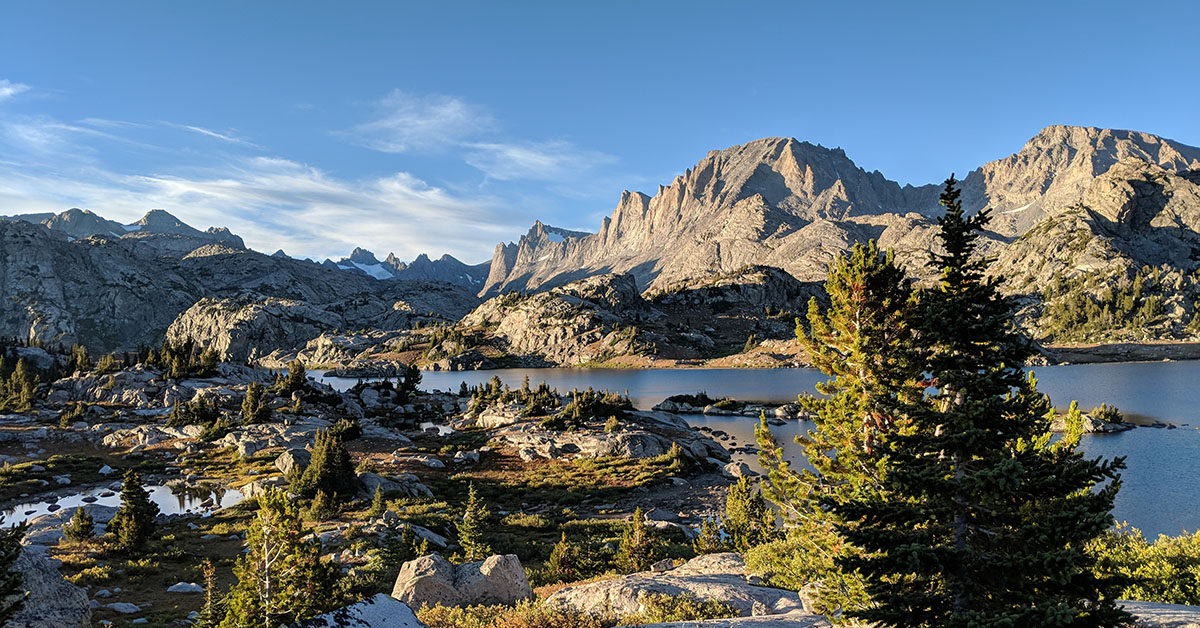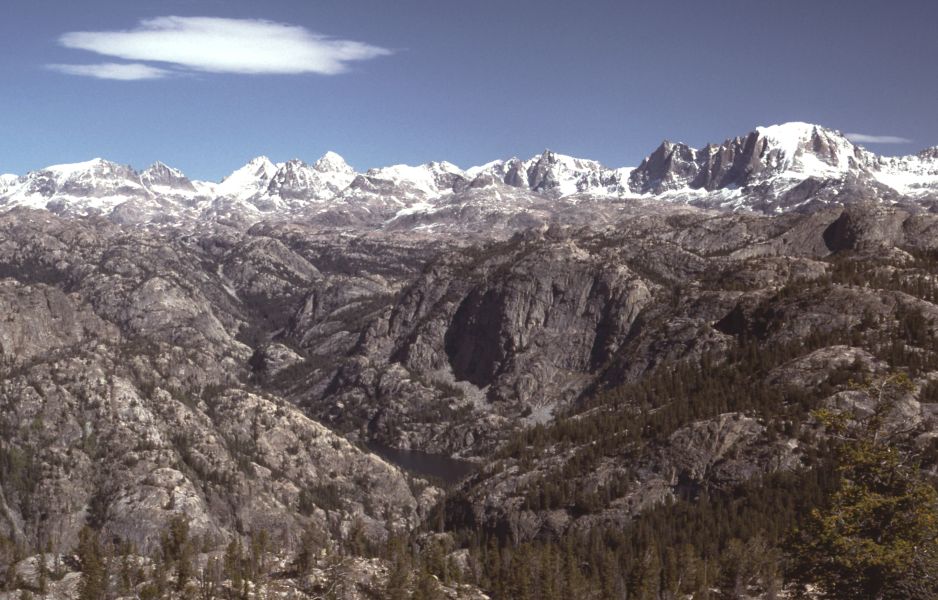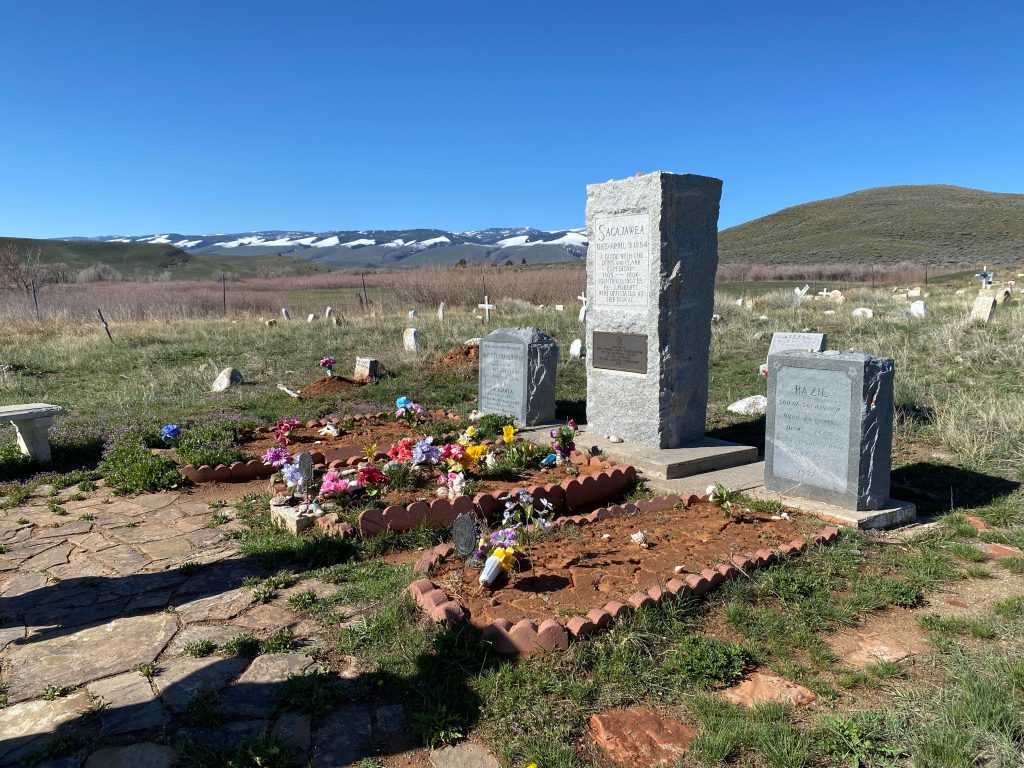Wyoming’s Wild Heart: Exploring the Wind River Reservation
Wyoming’s Wild Heart: Exploring the Wind River Reservation

Wyoming, known for its vast landscapes and untamed spirit, holds a secret gem: the Wind River Reservation. Stretching across 2.2 million acres, it’s the largest reservation in the state, and it’s brimming with history, culture, and natural beauty. But beyond the breathtaking scenery, the Wind River Reservation is a living tapestry woven with the threads of the Eastern Shoshone and Northern Arapaho tribes. This is a place where the past echoes in the present, and where traditions are fiercely guarded.
A Land of Two Nations:
Related Articles: Wyoming’s Wild Heart: Exploring the Wind River Reservation
- Weaving A Tapestry Of Texas Tribes: Unveiling Cultural Treasures
- Unveiling the Heart of Oklahoma: Native Reservations and Their Untold Stories
- Beyond The Casino: Uncovering The Rich History And Culture Of San Diego’s Indian Reservations
- Uncover Hidden Gems: Explore the Enchanting World of Indian Tribes in Colorado
- Uncover the Rich Tapestry: Discover the Vibrant Native American Heritage of Oklahoma
The Wind River Reservation is home to the Eastern Shoshone and Northern Arapaho tribes, both with rich and distinct cultures. The Shoshone, known for their nomadic lifestyle, were the first to call this land home. They lived off the land, hunting bison, elk, and other game, and gathering wild plants for sustenance. The Arapaho, arriving later, were skilled horse riders and warriors, and their arrival brought a new dynamism to the region.
A Legacy of Resilience:
The history of the Wind River Reservation is not without its challenges. The forced removal of the tribes from their ancestral lands in the 19th century and the subsequent struggles for self-determination paint a complex picture. Yet, the tribes have persevered, maintaining their cultural identity and traditions while navigating the complexities of modern life.
Exploring the Heart of the Reservation:
The Wind River Reservation offers a unique and authentic experience for visitors. You can immerse yourself in the vibrant culture of the tribes through their museums, cultural centers, and powwows.
1. The Wind River Indian Reservation Museum:
This museum, located in Fort Washakie, is a treasure trove of history and culture. It houses an impressive collection of artifacts, photos, and exhibits that showcase the rich heritage of the Eastern Shoshone and Northern Arapaho tribes. From traditional clothing and tools to stories of their ancestors, the museum offers a glimpse into the heart and soul of these communities.
2. The Arapaho Cultural Center:

Nestled in the town of Ethete, this center serves as a vibrant hub for the preservation and promotion of Arapaho culture. It features exhibits on Arapaho history, language, and art, and hosts workshops and events that celebrate their traditions.
3. The Annual Wind River Indian Reservation Powwow:
Held every summer, this grand celebration is a spectacle of color, music, and dance. It’s a vibrant showcase of Native American culture, featuring traditional dancing, drumming, singing, and craft demonstrations. It’s a chance to witness the spirit of the tribes come alive in a powerful and unforgettable way.
Beyond the Cultural Gems:
While the cultural offerings are a major draw, the Wind River Reservation is also a haven for nature lovers.

1. The Wind River Mountains:
These majestic mountains rise dramatically from the plains, offering breathtaking views and opportunities for hiking, fishing, and camping. The area is home to a diverse ecosystem, with towering pines, rushing rivers, and abundant wildlife.
2. The Wind River Canyon:
This natural wonder is a deep, narrow canyon carved by the Wind River, offering stunning views and scenic drives. The canyon is a haven for rock climbers and whitewater rafters, and it’s a popular spot for birdwatching and wildlife viewing.
3. The Big Horn Mountains:

Just south of the reservation, the Big Horn Mountains offer even more opportunities for outdoor adventure. From hiking and backpacking to skiing and snowboarding, these mountains have something for everyone.
A Taste of the Wild West:
No trip to the Wind River Reservation is complete without experiencing its unique culinary scene.
1. The Fremont County Fair:
This annual event is a celebration of all things Wyoming, with a special focus on the local agricultural heritage. You can sample traditional Native American dishes like frybread, buffalo stew, and Indian tacos, alongside other local specialties.
2. The Wind River Casino:
This casino offers a taste of both the traditional and modern, with a wide variety of dining options, from upscale restaurants to casual cafes. You can indulge in dishes like elk burgers, buffalo chili, and traditional frybread, while enjoying the vibrant atmosphere.
3. Local Farmers Markets:
The Wind River Reservation is home to a number of local farmers markets, where you can find fresh, locally sourced produce, meats, and crafts. It’s a great way to support local businesses and experience the authentic flavors of the region.
Respecting the Land and its People:
When visiting the Wind River Reservation, it’s essential to remember that you are entering a place steeped in history and culture. Respect the traditions and customs of the Eastern Shoshone and Northern Arapaho tribes. Be mindful of your language, dress, and behavior.
1. Dress Modestly:
When visiting sacred sites or attending cultural events, it’s important to dress modestly. Avoid revealing clothing and attire that may be disrespectful.
2. Ask Before Taking Photos:
It’s always a good idea to ask for permission before taking photos of people or sacred sites. Respect the privacy of individuals and the sanctity of cultural spaces.
3. Learn About the Tribes:
Take the time to learn about the history, culture, and traditions of the Eastern Shoshone and Northern Arapaho tribes. Visit the museums, attend cultural events, and engage in conversation with local residents.
A Place of Beauty, History, and Resilience:
The Wind River Reservation is more than just a place on a map. It’s a living testament to the resilience of the Eastern Shoshone and Northern Arapaho tribes, a place where history and culture intertwine, and where the beauty of the natural world inspires awe. Whether you’re seeking cultural immersion, outdoor adventure, or simply a glimpse into a different way of life, the Wind River Reservation offers a truly unique and unforgettable experience.
FAQ about the Wind River Reservation:
Q: What is the best time to visit the Wind River Reservation?
A: The best time to visit the Wind River Reservation is during the summer months, when the weather is warm and sunny. This is also the time when many cultural events and festivals take place.
Q: Are there any guided tours available on the reservation?
A: Yes, there are a number of guided tours available, including historical tours, cultural tours, and nature tours. You can find more information about these tours at the Wind River Indian Reservation Museum or the Arapaho Cultural Center.
Q: Are there any accommodations available on the reservation?
A: Yes, there are a number of hotels, motels, and campgrounds available on the reservation. You can also find lodging options in nearby towns like Lander and Riverton.
Q: What are some of the most popular activities on the reservation?
A: Some of the most popular activities on the reservation include visiting the museums and cultural centers, attending powwows, hiking and fishing in the Wind River Mountains, and exploring the Wind River Canyon.
Q: What should I know about the reservation’s history and culture?
A: The Wind River Reservation is home to the Eastern Shoshone and Northern Arapaho tribes, both with rich and distinct cultures. The tribes have a long and complex history, and it’s important to be respectful of their traditions and customs.
Q: How can I support the Eastern Shoshone and Northern Arapaho tribes?
A: You can support the tribes by visiting their museums and cultural centers, attending their events, and purchasing crafts and goods from local artisans. You can also donate to organizations that support tribal education, healthcare, and economic development.
Q: Is it safe to visit the Wind River Reservation?
A: The Wind River Reservation is generally a safe place to visit, but it’s always a good idea to exercise caution and be aware of your surroundings. As with any travel destination, it’s best to stay informed about local conditions and follow any safety guidelines provided by authorities.
The Wind River Reservation offers a unique blend of history, culture, and natural beauty. It’s a place where you can connect with the past, experience the present, and gain a deeper understanding of the resilience and spirit of the Eastern Shoshone and Northern Arapaho tribes. So, if you’re looking for an authentic and unforgettable travel experience, consider adding the Wind River Reservation to your Wyoming itinerary. You won’t regret it!

Closure
Thus, we hope this article has provided valuable insights into Wyoming’s Wild Heart: Exploring the Wind River Reservation. We appreciate your attention to our article. See you in our next article!